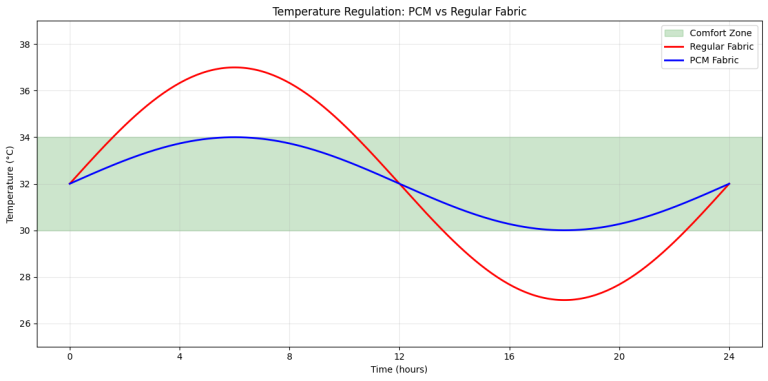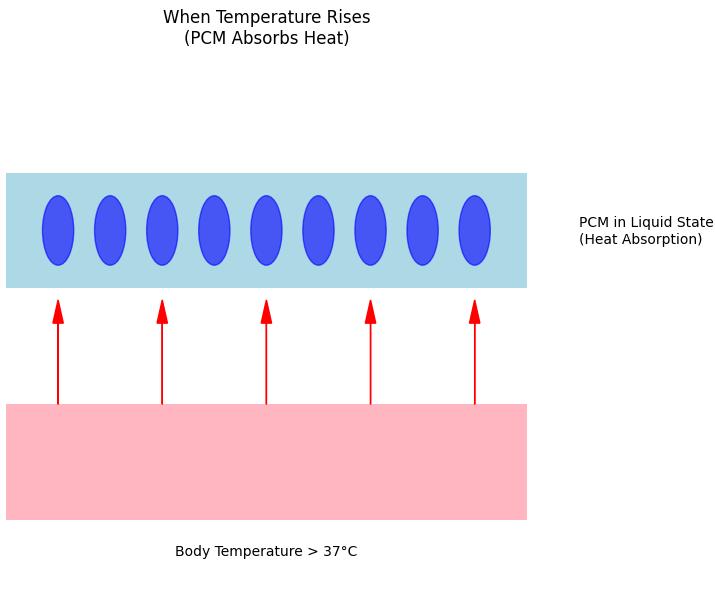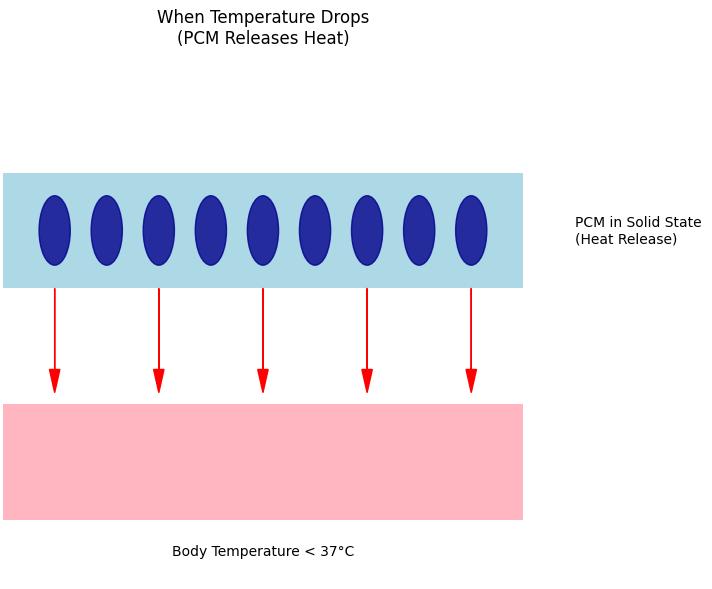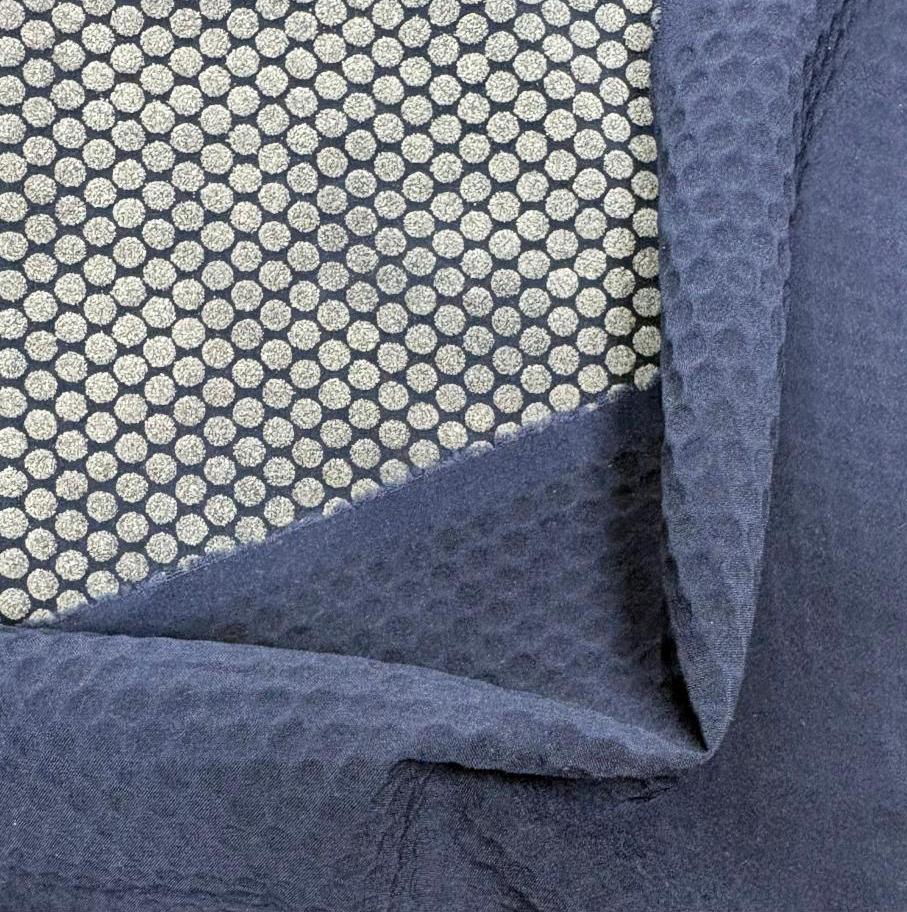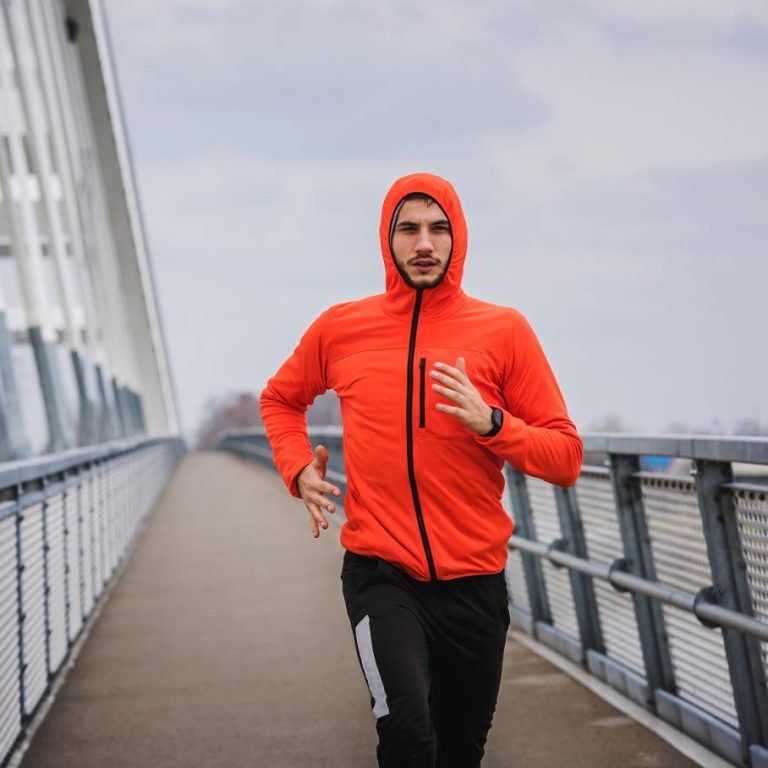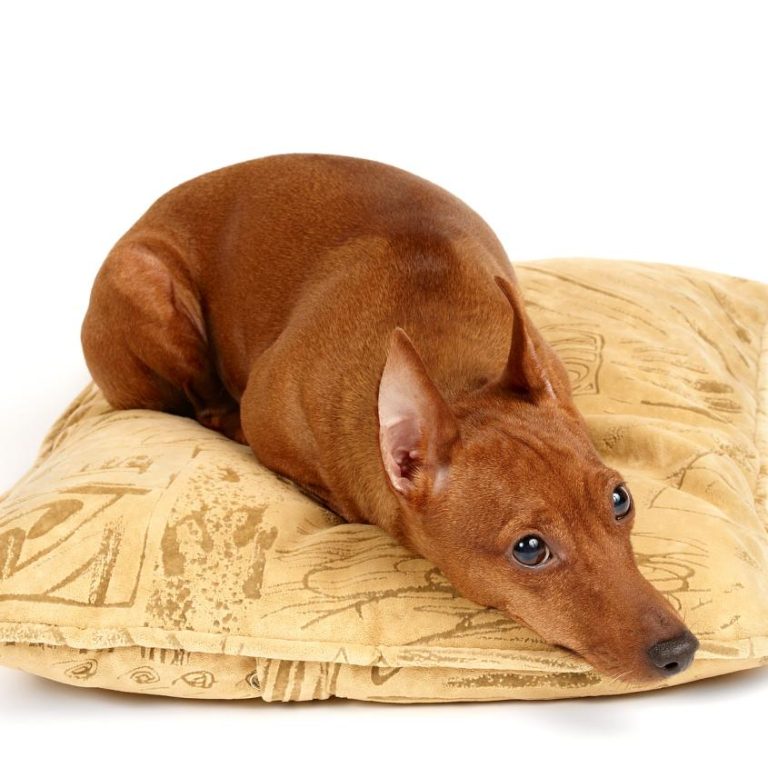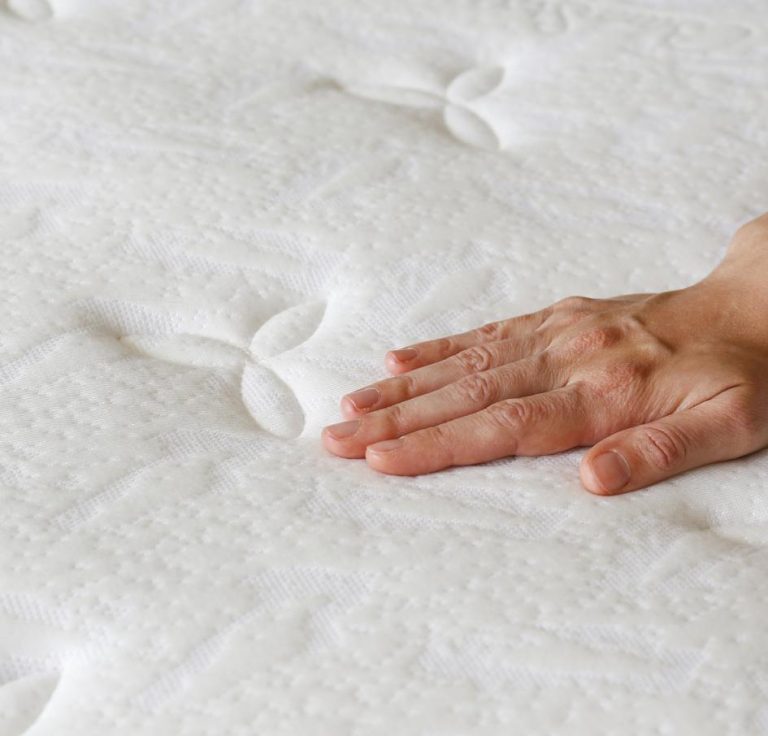Skinkey™ Temperature Regulating PCM Fiber
PCM fabric integrates phase change materials at microscopic level, actively managing body temperature. When you heat up, PCM absorbs excess warmth. As you cool down, it releases stored heat back. This responsive temperature regulation creates a microclimate that maintains comfort during intense workouts or temperature fluctuations.
Traditional clothing mainly uses the low thermal conductivity of air to increase the static air inside the fabric to avoid heat loss. Its thermal insulation effect mainly depends on the thickness and density of the fabric, and its thermal insulation effect is affected by external compression, humidity, etc. PCM intelligent air conditioning fabric adopts a new thermal insulation mechanism, which can provide a comfortable “microclimate environment” for the human body and can automatically adjust the temperature changes.
PCM fiber, incorporating microscopic phase change materials into fiber structure. PCM microcapsules embedded in fiber matrix absorb excess heat during physical activity, store it, and release back when body temperature drops. PCM fiber maintains 28-35°C comfort zone through solid-liquid phase transitions. Features include temperature regulation, moisture management, thermal buffering capacity, and durability through washing cycles.
How does PCM Fiber works?
PCM (Phase Change Material) smart thermoregulation technology works through microencapsulated materials embedded in fibers. At temperatures above 37°C, PCM microcapsules transform from solid to liquid state, absorbing excess body heat to create a cooling sensation. When temperature drops below 37°C, PCM microcapsules solidify, releasing stored heat back to maintain warmth. This reversible phase transition process creates an adaptive microclimate around the body, maintaining optimal comfort in varying conditions.
When body temperature rises above 37°C during intense activities, PCM microcapsules embedded in the fabric actively absorb excess heat. These microscopic thermal regulators transform from solid to liquid state, creating an instant cooling effect. This smart cooling process helps maintain optimal body temperature and enhances workout comfort.
As body temperature drops below 37°C during rest periods, PCM microcapsules begin their protective warming phase. The previously absorbed heat is gradually released as the PCM transitions back to solid state. This controlled heat release provides gentle warmth, preventing sudden temperature drops and maintaining thermal balance.
Skinkey™ PCM Fabric Technology

Permanent: Cut into slices and then spin into the fiber , with moderate heat storage capacity(less than 39j/m²), and the effect remains unchanged after multiple washings
Skinkey™ PCM Fiber Properties
Thermal Regulation
PCM provides dynamic temperature control by absorbing excess heat during physical activities and releasing it when body temperature drops. PCM microcapsules maintain a stable microclimate within a specific temperature range, typically around 37°C, offering personalized comfort without manual adjustment.
Energy Storage
PCM microcapsules store thermal energy during phase transition, creating an effective thermal buffer. Each microcapsule functions as a tiny thermal battery, storing and releasing heat based on temperature fluctuations, maximizing energy efficiency in temperature regulation.
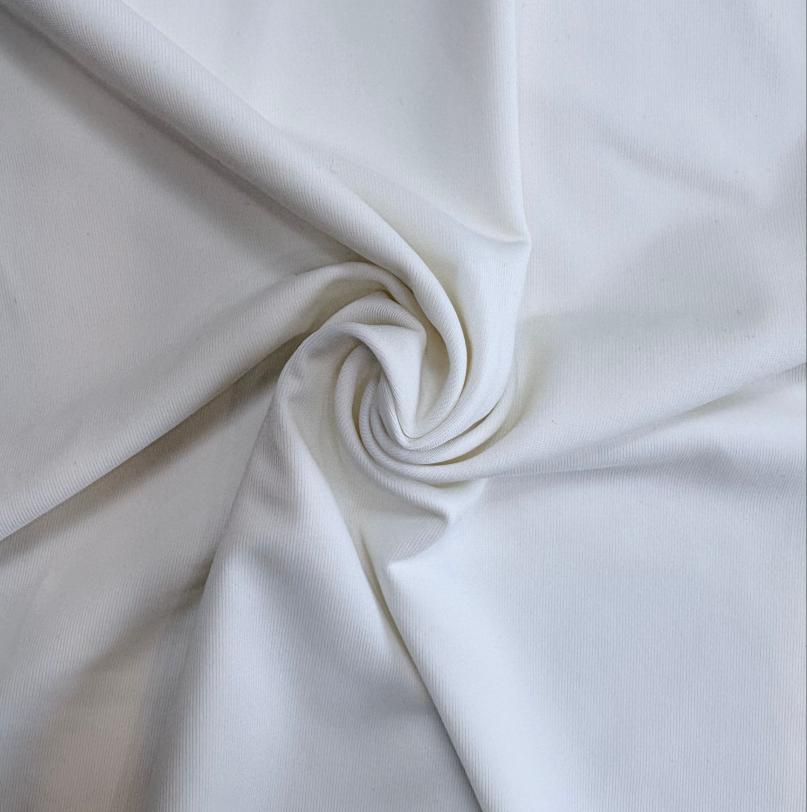
Skinkey™ PCM Fabric Test Report
Report based on PCM raw yarn testing
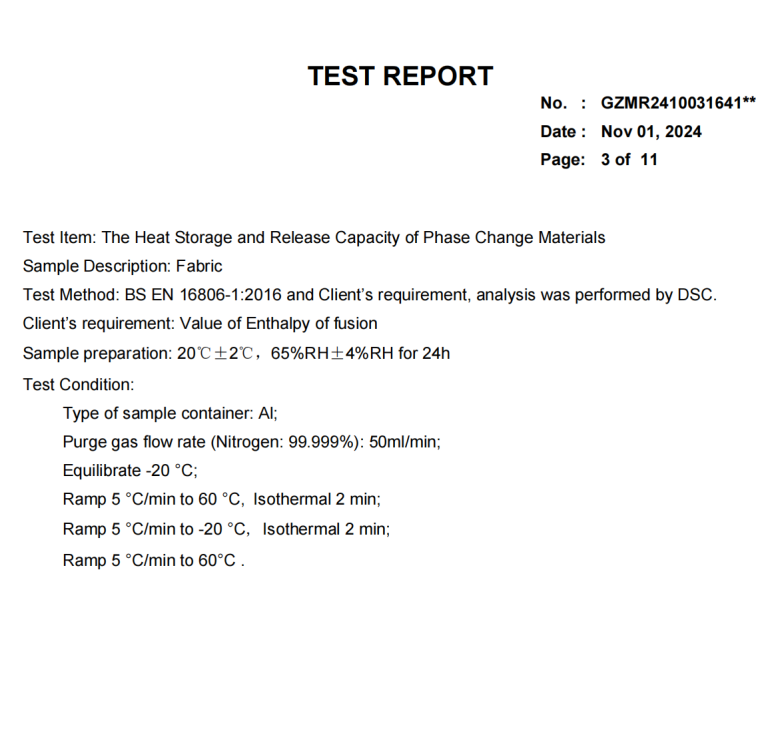
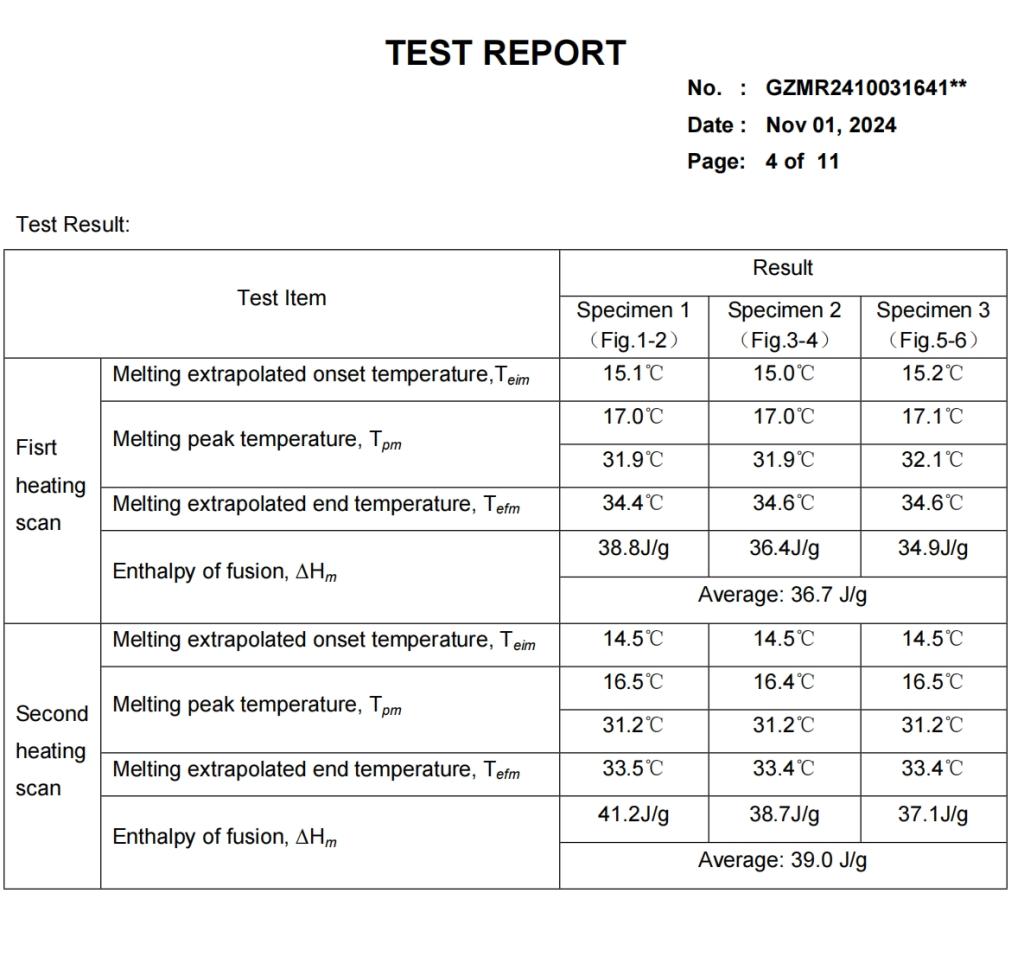
Skinkey™ PCM Applications
PCM-enhanced fabrics demonstrate exceptional performance in adaptive temperature control across everyday scenarios. By integrating PCM technology into clothing and home textiles, users can maintain comfort while reducing air conditioning usage. In office environments, PCM-treated fabrics help stabilize personal temperature, allowing for higher AC temperature settings. PCM technology in bedding and loungewear creates a comfortable microclimate, reducing the need for intensive cooling or heating. This smart temperature regulation contributes to energy conservation and carbon footprint reduction, aligning with sustainable development goals while maintaining optimal thermal comfort.
1. Bedding: quilts, pillowcases, mattresses, blankets, sleeping bags, sheets, mattresses, pet beds, etc.
2. Clothing: coats, sportswear, isolation suits, knitwear, underwear, gloves, hats, helmets, orthopedic fixation devices, bandages, pet clothing, etc.
3. Shoes and socks: shoes, boots, insoles, socks, etc.
4. Cushions: seat cushions, cushions, wheelchair cushions, etc.;
Let's Talk!
Get in touch today to discuss your needs or request a no-obligation quote. We specialize in advanced, sustainable yarns that elevate your designs. Whether you need custom solutions or high-performance fibers, we’re here to help you achieve excellence. Contact us now and let’s make your textile projects extraordinary!

